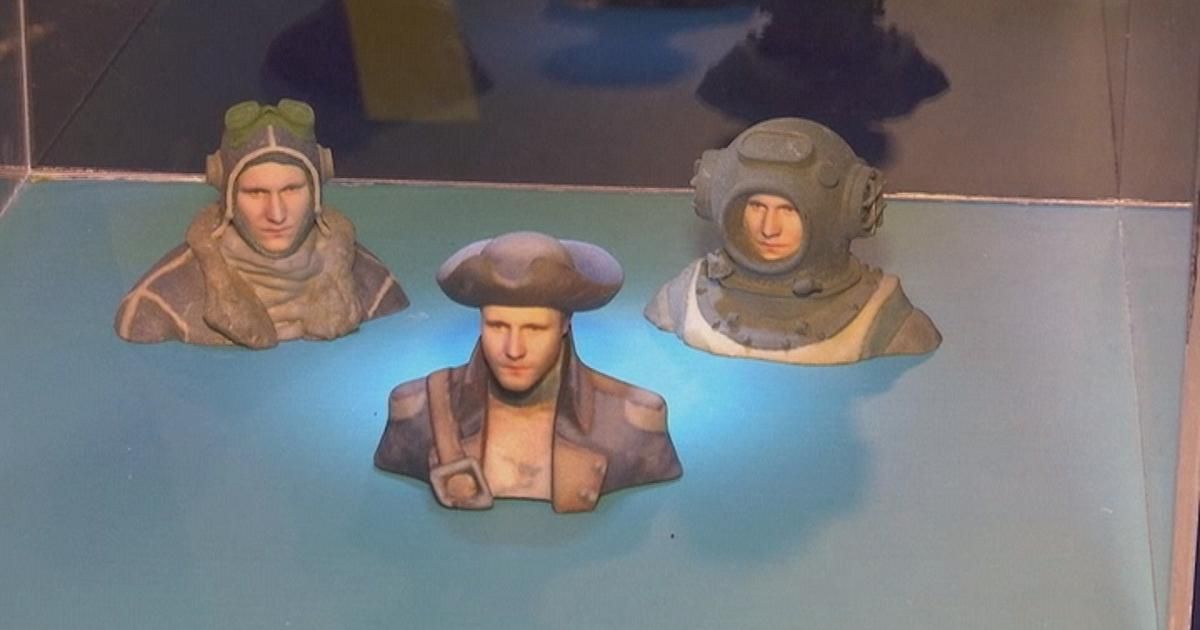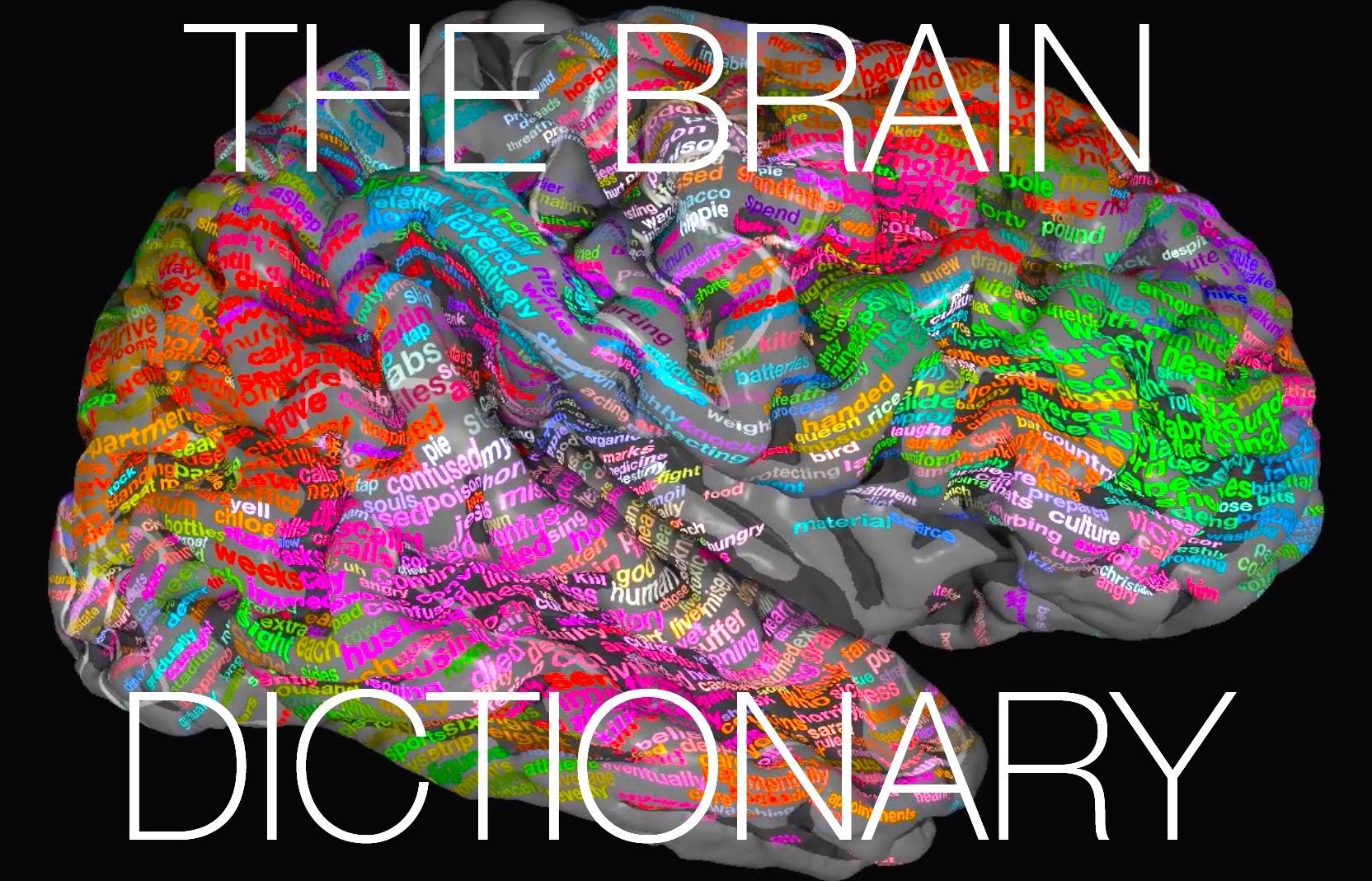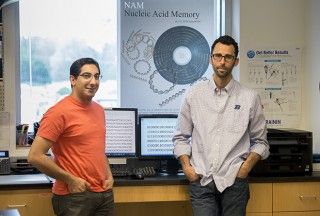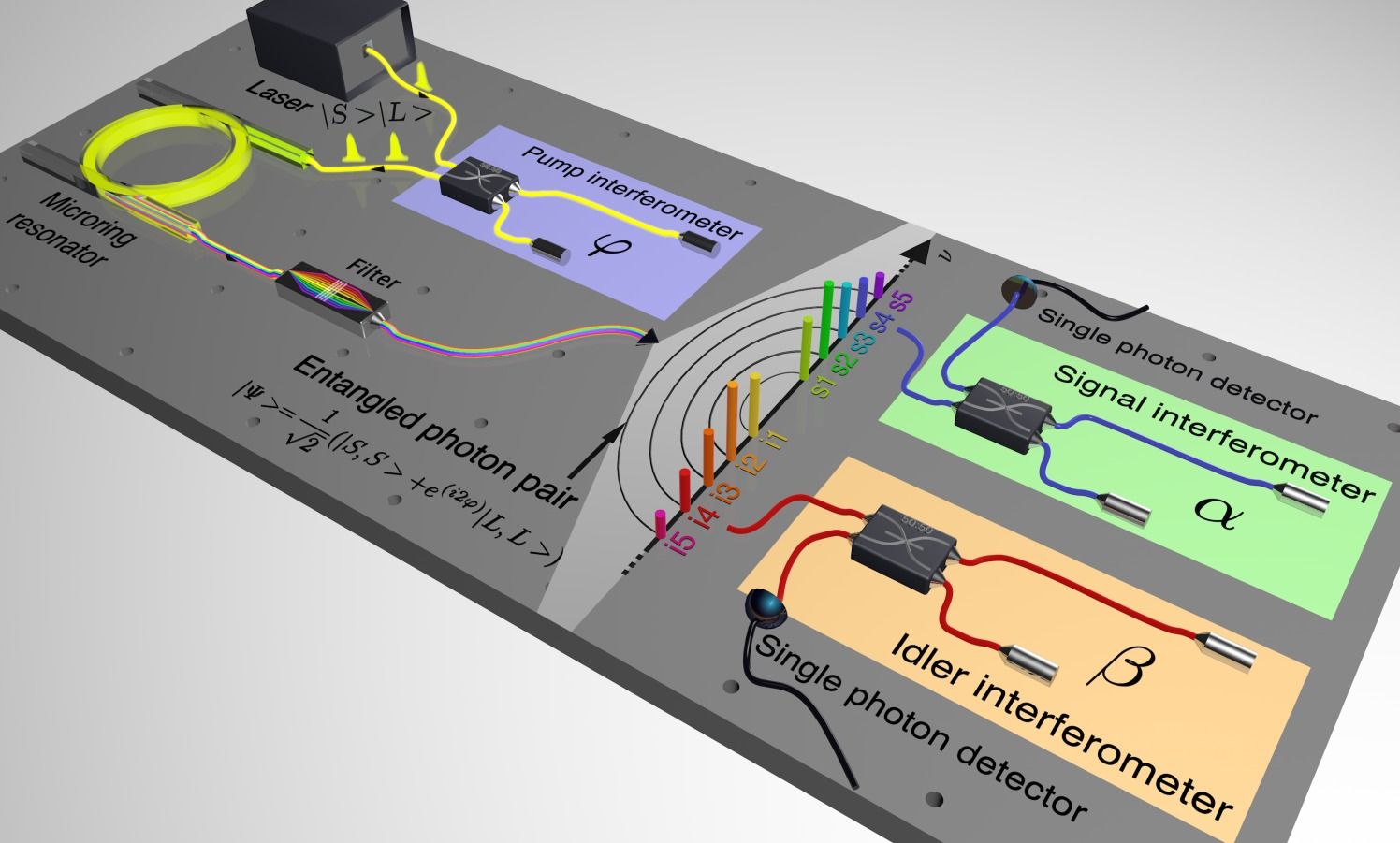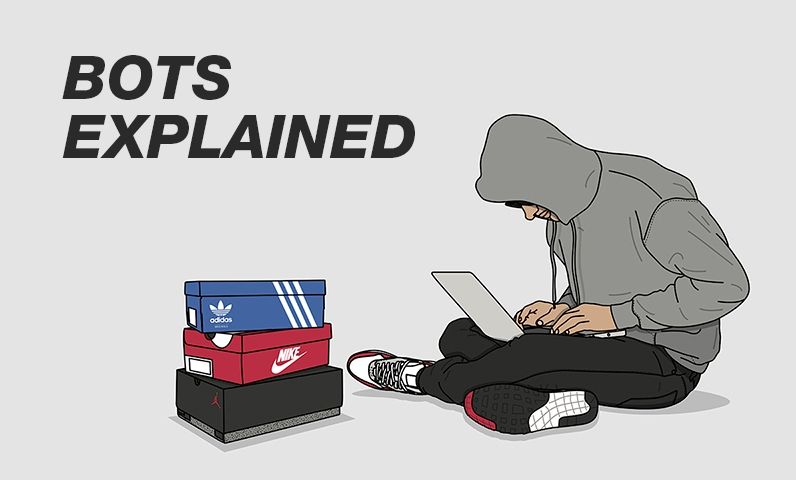Apr 27, 2016
Squad X Program Envisions Dismounted Infantry Squads of the Future
Posted by Roman Mednitzer in categories: innovation, military
“Through Squad X, we want to vastly improve dismounted squad effectiveness in all domains by integrating new and existing technologies into systems that squads can bring with them,” said Maj. Christopher Orlowski, DARPA program manager. “The squad is the formation with the greatest potential for impact and innovation, while having the lowest barrier to entry for experimentation and system development. The lessons we learn and the technology we create could not only transform dismounted squads’ capabilities, but also eventually help all warfighters more intuitively understand and control their complex mission environments.”
Squad X intends to combine off-the-shelf technologies and new capabilities under development through DARPA’s Squad X Core Technologies (SXCT) program, which was launched specifically to develop novel technologies that Squad X could integrate into user-friendly systems. SXCT shares Squad X’s overarching goal of ensuring that Soldiers and Marines maintain uncontested tactical superiority over potential adversaries by exploring capabilities in four areas: precision engagement, non-kinetic engagement, squad sensing and squad autonomy. In an important step toward that goal, SXCT recently awarded Phase 1 contracts to nine organizations.
The U.S. Army, U.S. Navy and U.S. Marine Corps have expressed interest in future Squad X capabilities and plan to support the experimentation efforts with testing in simulated operational environments as the program progresses.

